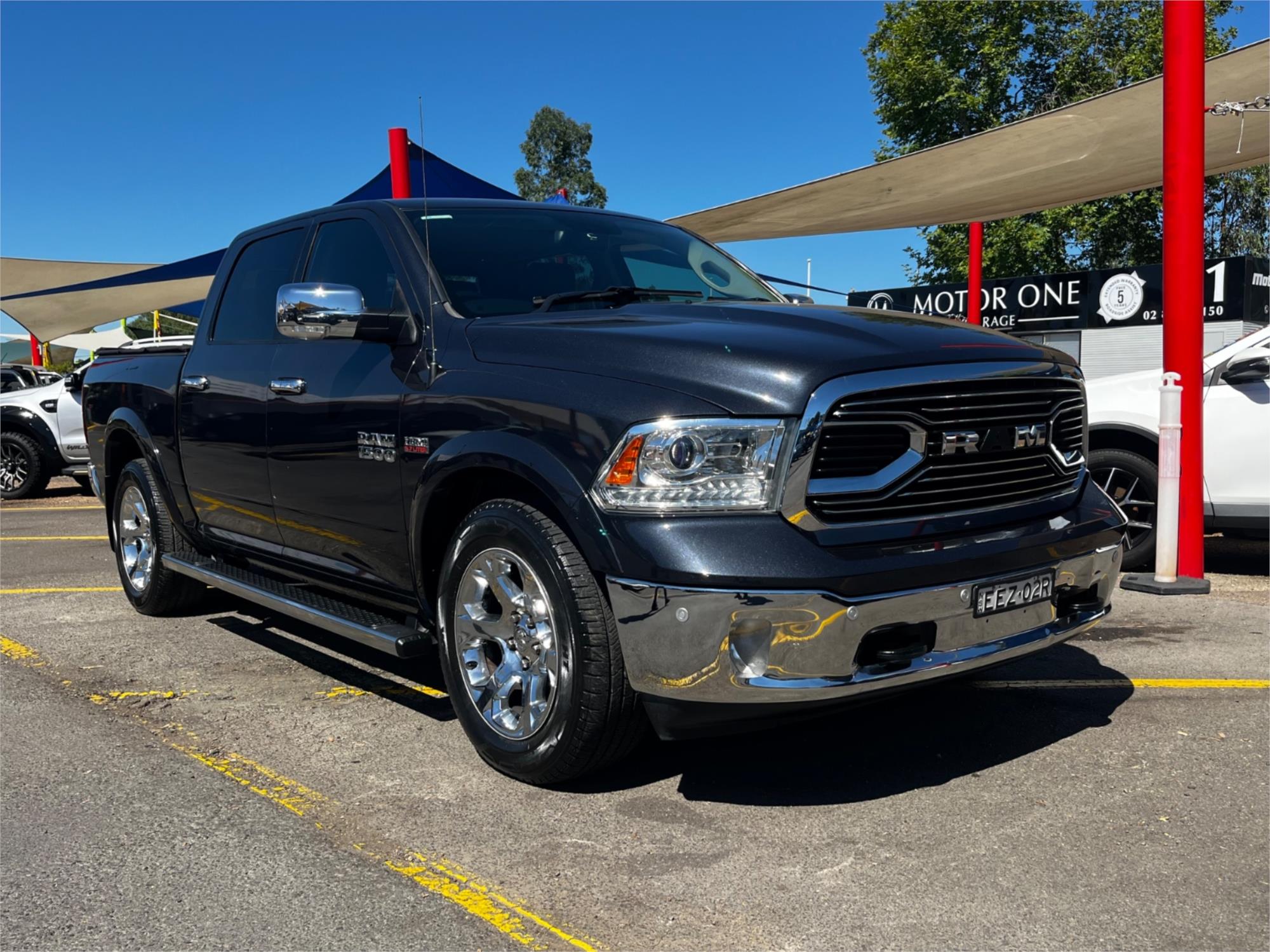Dodge builds last V8 Challenger and Charger
After a 15-year production run, the Dodge Challenger is no more. US sources report that the last example of the V8-powered muscle car was built on 22 December, with the related Dodge Charger and Chrysler 300 sedans also wrapping up in December. Estimated production of the Challenger from 2008 to 2023 was around 250,000 units, while the Charger’s greater affordability, four-door practicality and its popularity with law enforcement agencies across the USA saw more than 1.8 million built. Of the long-running Chrysler 300, an estimated 1.4 million were produced.

The Chrysler was the first of this trio to be introduced, arriving in early-2004 for the 2005 model year, followed by the Charger in 2006 and the Challenger in 2008. All three use the Chrysler ‘L platform’ that was originally developed for the 300 and also used for the short-lived Dodge Magnum wagon.
Thanks to its retro-inspired styling and brute V8 power, the modern Challenger soon became an icon. Offered with a 425hp (317kW) Hemi V8 from launch, subsequent Challengers from Mopar’s SRT division added more and more power, like the Hellcat with 707hp (527kW) and the Demon with 840hp (626kW). There was also an all-wheel drive Challenger.

Throughout 2023, the release of seven “Last Call” special editions served as the Challenger and Charger’s farewell tour, with names taken from Dodge’s muscle car heritage, like Swinger, Super Bee and King Daytona. The final Last Call model was the Challenger SRT Demon 170; a supercharged V8 monster with up to 1,025hp (764kW) and 945lb/ft (1,281Nm), along with a claimed 0-100km/h time under 2.0 seconds and sub-9.0-second quarter mile performance. It was an SRT Demon 170, in Pitch Black, that was the very last Challenger off the line.

Built on the same day as the last Challenger, the last V8 Charger was a Scat Pack widebody in Destroyer Gray, while the final V8-powered Chrysler 300, a limited-edition ‘300C’ with a 6.4-litre Hemi and finished in Velvet Red, rolled off the line on 8 December. Production of the V6-engined and 5.7 V8 300 reportedly continued up to 20 December.
The plant in Canada where all Challengers, Chargers and 300s were made will be re-tooled for future vehicles, including EVs, and re-open in 2025.

Unlike the 300, which was factory built in right-hand drive and sold in Australia through Chrysler-Jeep dealers, the Challenger was only produced in LHD and never officially offered here. That meant enthusiasts who wanted one had to import it privately (or through a specialist import company) and have it converted locally. The modern Charger was LHD-only, too, and despite its popularity in the US, never gained the affection of Aussies. Some examples are in the country, but very few compared to the Challenger.

With regard to the future of both the Charger and Challenger, only the former is expected to return in the near future, as previewed by the electric Charger Daytona SRT concept from 2022. However, there’s a suggestion that the EV platform underpinning that concept will be used for both a two-door and four-door car, making the return of both nameplates a possibility. Some outlets are reporting that a future Charger may also be available with the ‘Hurricane’ petrol engine; a turbocharged 3.0-litre inline six that’s currently used in some Jeep models.













